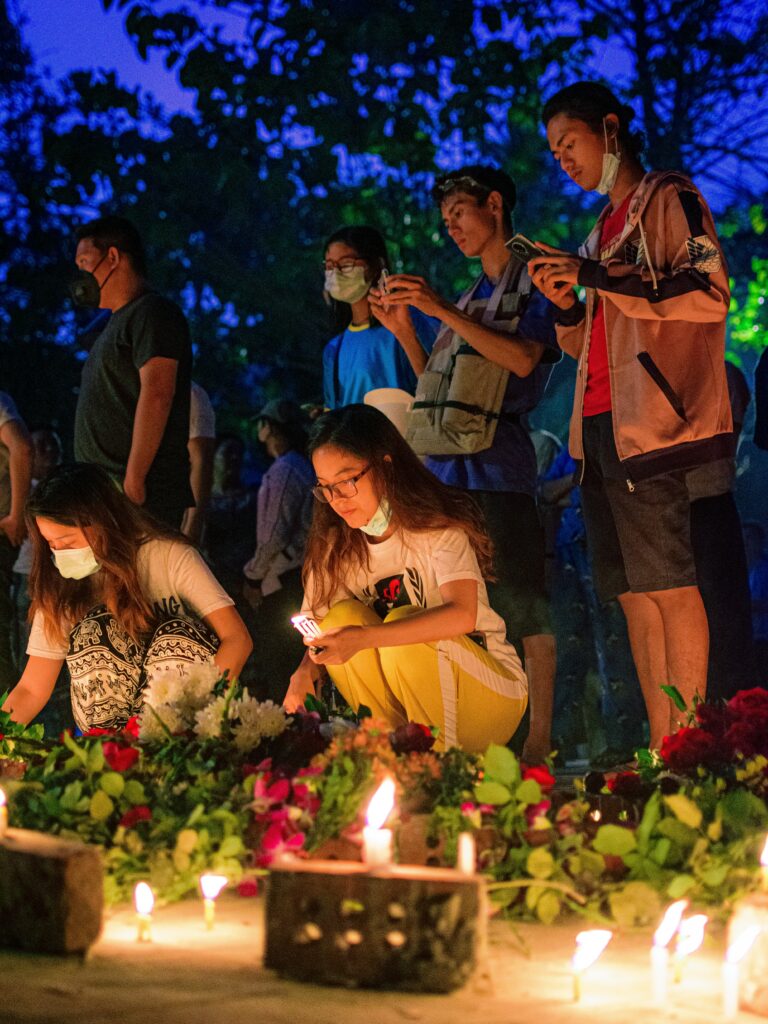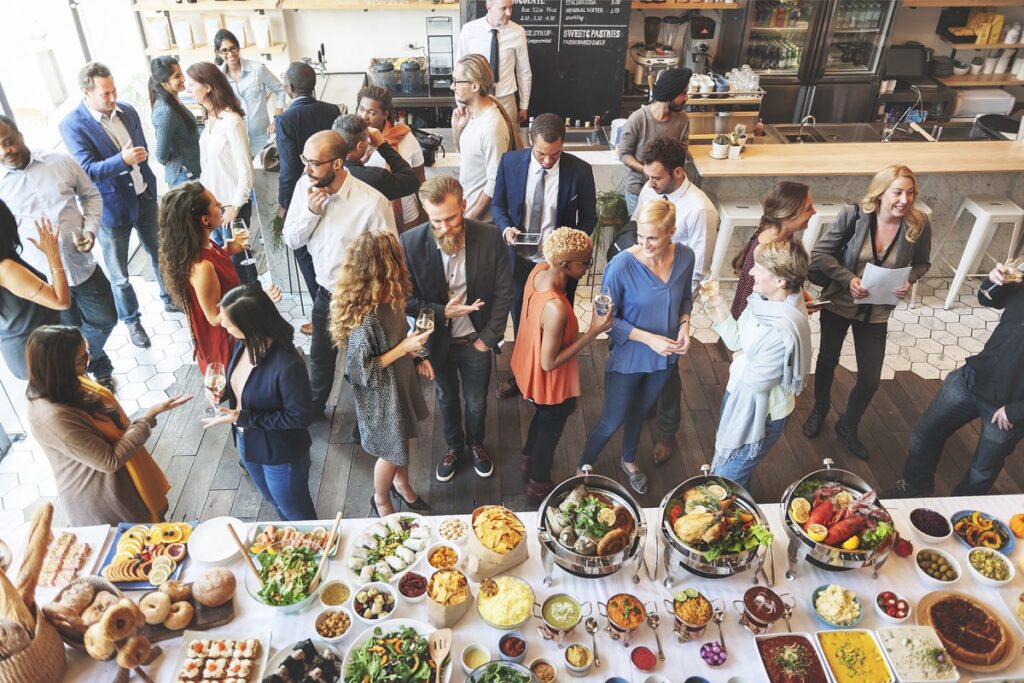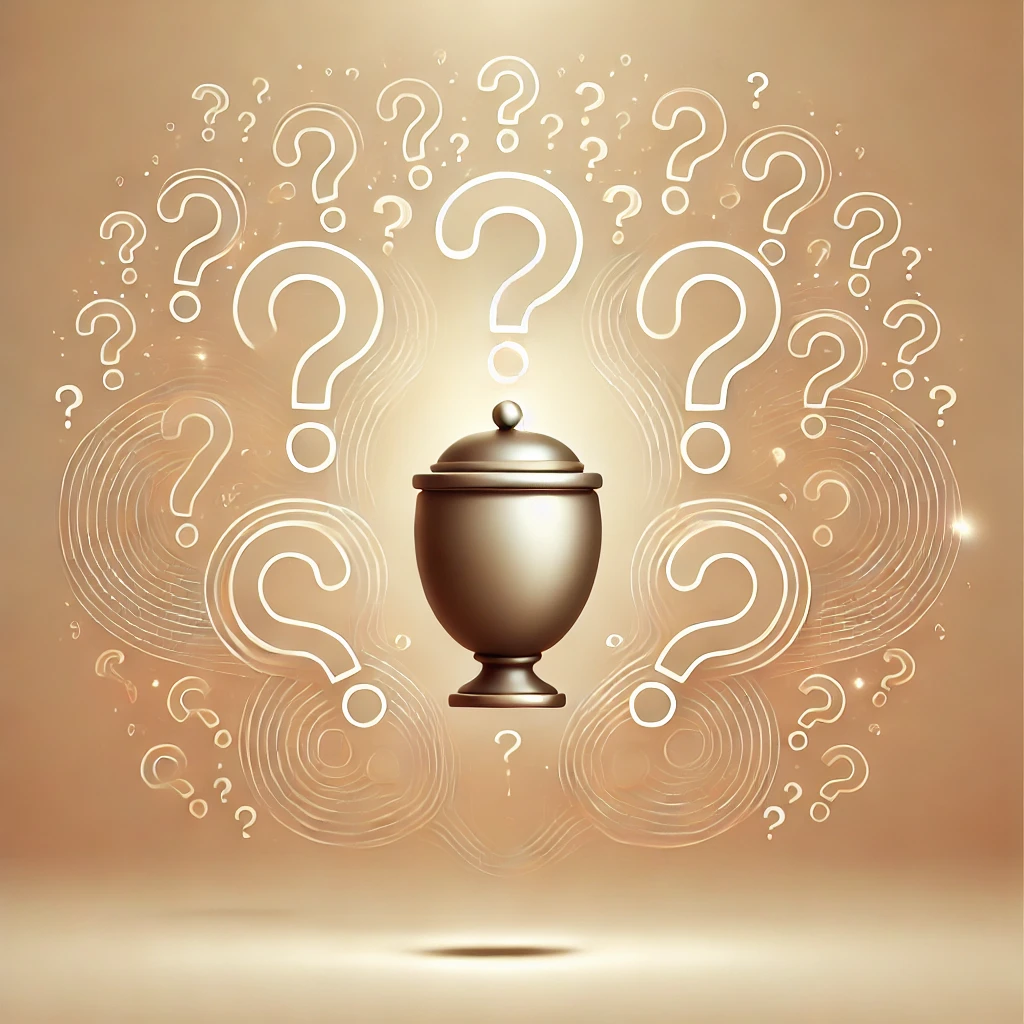Funerals have been a cornerstone of human society for centuries, serving as a way for families and communities to come together, honor the deceased, and begin the grieving process. However, the way funerals are conducted has evolved significantly in recent years. With advancements in technology, shifting cultural attitudes, and a growing desire for personalization, funerals today often look quite different from those held just a generation ago. This post explores how the funeral industry has transformed and the trends shaping modern farewells.
1. The Rise of Personalized Funeral Services

One of the most noticeable shifts in funeral services is the increasing focus on personalization. Gone are the days of standardized services with little variation. Today, people want funerals to reflect the unique life and personality of the deceased. This could include:
- Customized memorials: Families now have the opportunity to include personal elements like favorite music, hobbies, or passions in the service.
- Creative settings: Instead of being held in traditional funeral homes or churches, services are sometimes hosted in parks, beaches, or other meaningful locations.
- Life celebrations: Many opt for “celebrations of life” over somber ceremonies, focusing on joy, stories, and shared memories.
This shift reflects a growing desire to honor individuals in a way that feels personal and meaningful, rather than following a rigid formula.
2. Green Burials and Eco-Friendly Options
Another significant trend in modern funerals is the rise of eco-friendly and sustainable burial practices. As environmental awareness continues to grow, many people are seeking alternatives to traditional embalming and casket burials, which often involve chemicals and materials that aren’t environmentally friendly.
Some popular eco-friendly options for modern funerals include:
- Green burials: These avoid embalming fluids and non-biodegradable materials. The body is placed in a biodegradable casket or shroud and buried in a natural setting.
- Aquamation: Also known as water cremation, this process uses water and alkaline hydrolysis to break down the body in a more environmentally sustainable way than traditional cremation.
- Conservation cemeteries: These are natural burial grounds where the landscape is protected and maintained, often serving as wildlife preserves.
The demand for green funerals continues to grow as people seek to leave a smaller ecological footprint even in death.
3. The Impact of Technology on Modern Funerals
Technology has dramatically reshaped how we live, and it’s also changing how we honor and remember loved ones after they pass. Here are a few ways technology has entered the funeral space:
- Live streaming and virtual funerals: With the rise of global connectivity and especially during the COVID-19 pandemic, many funeral homes began offering live-streaming services. This allows friends and family members who can’t attend in person to participate in the service remotely.
- Digital memorials: In addition to physical services, families are now creating online memorials or social media tribute pages. These platforms provide a space for people to share stories, photos, and memories, keeping the spirit of the deceased alive in the digital realm.
- Video tributes: It’s becoming common for funeral services to include multimedia presentations, such as video montages or slideshows that capture the highlights of the person’s life.
These technological advancements make funerals more accessible and interactive, allowing more people to participate in the grieving process, regardless of location.
4. Cremation Is on the Rise
One of the most notable changes in recent years is the increase in cremation rates. Cremation has become a popular alternative to traditional burial for a variety of reasons, including:
- Cost: Cremation is generally less expensive than a full burial service, as it avoids the costs of a casket, burial plot, and headstone.
- Flexibility: Cremation allows families more flexibility in how and when to hold a service, as the cremated remains can be kept until arrangements are made.
- Space concerns: As urban areas grow more crowded, the availability of cemetery space can be limited. Cremation offers a solution to these spatial constraints.
Cremation also opens up more personalized options for memorialization, such as scattering ashes in a meaningful location or creating keepsake jewelry from the remains.
5. Funeral Costs and Pre-Planning Trends
The cost of modern funerals has been rising, and as a result, more people are opting to pre-plan their funerals. Pre-planning offers several advantages, including:
- Financial control: Pre-planning allows individuals to lock in today’s prices, avoiding potential price hikes in the future.
- Reducing the burden on family: By making decisions about your funeral in advance, you relieve your family from having to make stressful, emotional decisions during a difficult time.
- Ensuring your wishes are met: Pre-planning ensures that your funeral reflects your preferences, whether you want a traditional service, a celebration of life, or a green burial.
As awareness of funeral costs grows, more people are taking control of their end-of-life plans to ensure they are financially prepared.
6. Increased Diversity and Inclusion in Funeral Practices
As societies become more diverse, so do the funeral practices that reflect different cultural, religious, and spiritual traditions. In recent years, funeral homes have become more adept at catering to a wide variety of cultural preferences, offering tailored services that respect different customs and rituals.
Some notable examples include:
- Multifaith services: Funeral homes are increasingly equipped to handle services that incorporate multiple religious or cultural practices, ensuring that families from diverse backgrounds feel supported.
- Non-religious or secular services: As more people identify as non-religious, there is a growing demand for funerals that focus on humanist or secular themes, celebrating life without religious overtones. See also: Non-religious funeral
This growing emphasis on inclusion ensures that funerals are respectful of diverse backgrounds, beliefs, and traditions.
7. A Shift Toward Simplicity
Many people today are opting for simpler, more intimate funerals. Rather than large, elaborate services, some families are choosing minimalistic ceremonies with fewer attendees, private gatherings, or even direct cremation with no formal service. This shift toward simplicity reflects changing societal values, where people focus less on grand displays and more on personal, meaningful experiences.
This trend also speaks to the desire for cost-effective options, as well as the influence of movements like minimalism, which encourage people to live—and die—with less.
The Changing Face of Funerals
The funeral industry has seen a significant transformation in recent years, driven by personalization, environmental consciousness, and advances in technology. As people seek more meaningful, inclusive, and flexible ways to honor their loved ones, funeral practices continue to evolve. Whether it’s through live-streamed services, green burials, or digital memorials, modern funerals are becoming as unique as the lives they celebrate.
These changes in modern funerals reflect not only shifts in the industry but also a broader cultural move toward personal expression, inclusivity, and environmental responsibility, ensuring that farewells are as meaningful as the legacies they leave behind.







